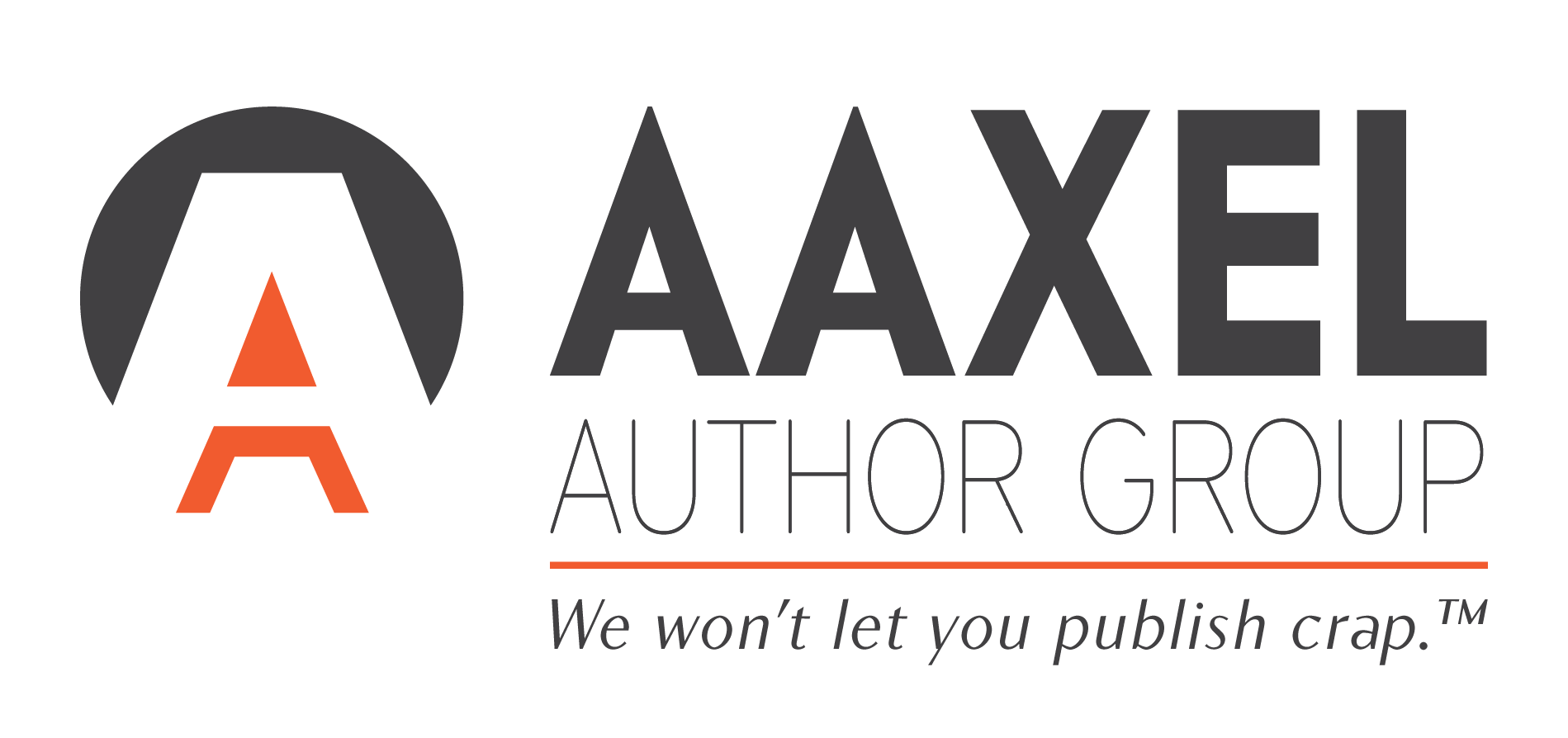What Is Your Story About? The Basics of Determining Your Storyline
In fiction writing, there are generally two types of writers: the plotters and the pantsers.
Pantsers (as in flying by the seat of one’s pants) are those writers who like to start a novel without relying on a clear plan. They prefer seeing where their stories take them, and plenty of writers do this very well.
Plotters are those writers who prefer having a set plan in place. If you are a plotter, then this blog post is for you. Whatever your plan might look like, it certainly includes an overall story concept. But how do you condense all of your ideas, index cards and notes into a clear, to-the-point story concept or storyline? We will look at how to craft a general concept for your story that is focused enough to get you started on the right path without getting overwhelmed with writing out a chapter-by-chapter outline. The idea is to help you answer that dreaded question from family and friends—“So what is your book about?”—without completely losing your mind.
Before we begin, however, it’s important to understand a couple of things:
1. Your plan doesn’t have to be perfect. That is, if your plan doesn’t feel complete, that’s OK. It doesn’t mean you can’t start your first draft, or that you won’t get far in your draft.
2. Flexibility is a must: Even if structure is your thing, you are still a writer and must be open to the nuances of the creative process. Maybe a character will not end up going down the path you had envisioned for them at the beginning. Or maybe, halfway through your manuscript, you’ll find yourself leaning towards an alternate ending. In other words, if your manuscript doesn’t go—literally—according to plan, don’t let this paralyze your progress.
Now comes the fun part: defining your storyline. While the aforementioned what’s-your-story-about? question from family and friends can be downright annoying, it’s a question you need to eventually answer—not just to reassure your loved ones that you are serious about writing your book but to give you a compass, which is why the question needs to be answered sooner than later. One step to make it easier is to consider the fundamental elements of a story:
Before we begin, however, it’s important to understand a couple of things:
a. Place: (past, present, near future, far future)
b. Main characters: True, you might invite other characters aboard your story through the process (remember, you have to be flexible), but we strongly recommend figuring out your main characters before commencing. Some experts prescribe writing out a full biography for each of your main characters so that you can get to know them on a deeper level. We leave that up to you. But you should, as much as possible, know who your main characters are.
c. Character motivations: While you can decide just how much “back story” you need on each character before getting started, you definitely want to define what each of your main characters wants in your story. Every character must have a purpose; a goal they are striving towards. (Yes, this goal can also be maintaining the status quo.) But an aimless character will instill a similar feeling of aimlessness, which you want to avoid.
d. The problem: What’s standing in that character’s way? Someone else? Themselves? Their circumstances? Be specific.
e. The exacerbator: in order for a story to get interesting, things need to get worse—characters need extra challenges and surprises. How do things get worse for your main character(s)?
f. The big question: what is that big question your characters need to answer to get through all the challenges standing in the way of their goal?
So, how do all the above elements come together in a nicely organized storyline? We recommend the following template:
My story takes place in —-PLACE—-. it’s about —-MAIN CHARACTER(S)—- who want to —-CHARACTER ASPIRATIONS—–. Unfortunately, —–THE PROBLEM—- is standing in my characters’ way. Things become really interesting when —–THE EXACERBATOR—-. This unexpected surprise leaves my characters wondering —-THE BIG QUESTION—-.
As an example, let’s pretend our story is about a dog who needs to find his way home:
My story takes place in an American suburb in the present day. It’s about a dog named Hannah who wants to find her way home. Unfortunately, there’s the following problem: Hannah is lost in a neighbourhood she doesn’t recognize. Things become really interesting when Hannah meets a cat named Fiona who traps Hannah in a treehouse. This unexpected surprise leaves my character wondering whether she will ever see her real family again.
Again, can your storyline change? Sure. But you also need a place to start and for most of us, having a basic summary like the one above sure helps.
If you are eager for more writing advice, how about looking at our NaNoWriMo Survival Tip on staying motivated? (Sure, November is long past us, but staying on track is a year-round challenge!)
If you have a few pages of the manuscript ready and are looking for a second opinion, check out our 10-pg manuscript evaluation offer below. For only $47, we’ll give you in-depth, professional feedback.
